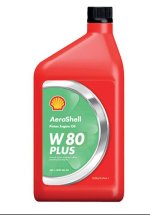My brother just purchased his first plane, a Cessna 172 with the Continental 0-300 opposed six cylinder. He lives in Northern Alberta and wants to fly it year round. He is convinced he needs a $1000 heating system which heats the oil pan and each individual cylinder via a heating wire wrapped around each in order to fly it in the winter. It has some sort of blower heater installed but he doesn’t think it works. My advice was to get a nice stick on pan heater and just pop a couple micro furnaces or hair dryers under the cowl cover for a while. With the hot air blowing over the air cooled cylinders I figure they’ll soak up the heat decently well. Heated hangar is not an option. I also suggested a change to Aeroshell 15w50 or W80 for winter conditions as it is filled with Phillips 20w50 now.
I am not qualified to give aviation advice so what advice would you give?
I am not qualified to give aviation advice so what advice would you give?

